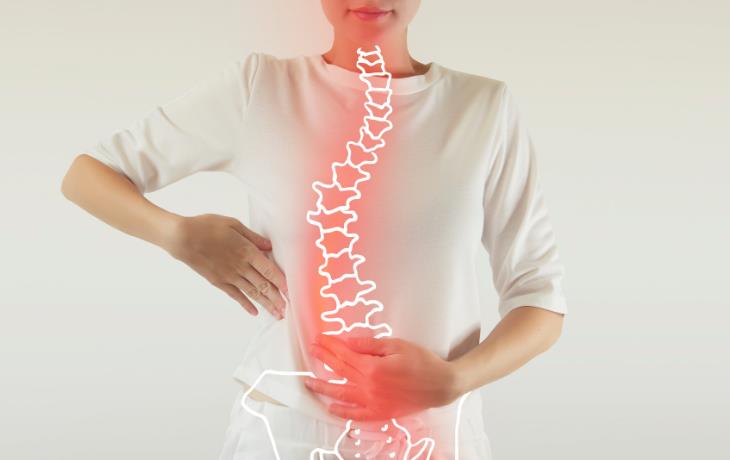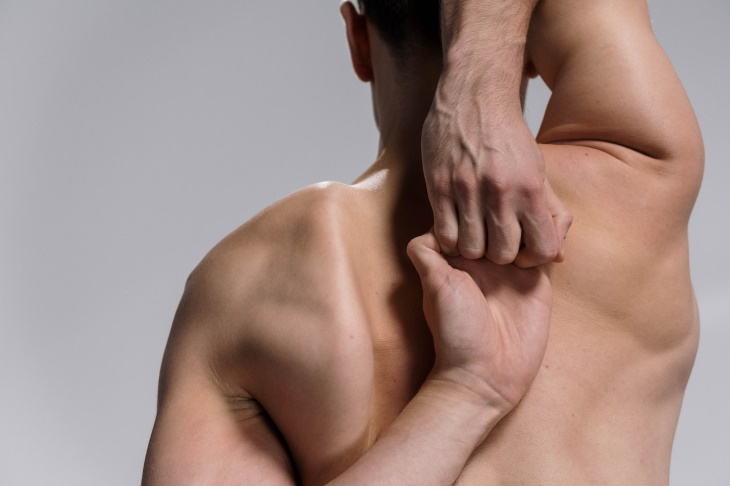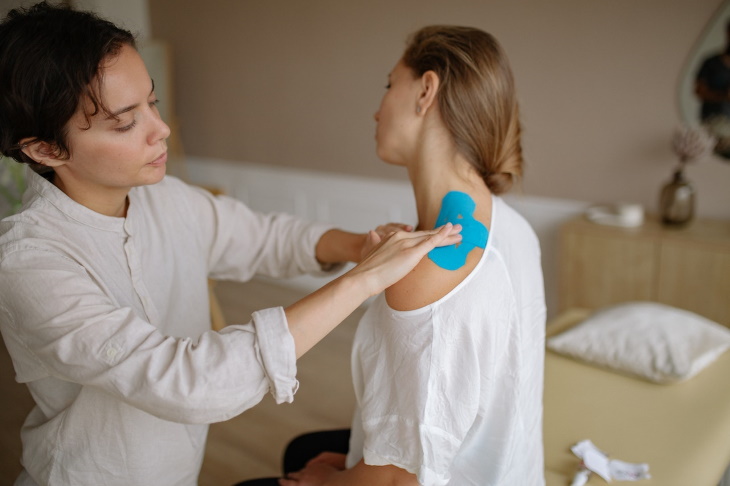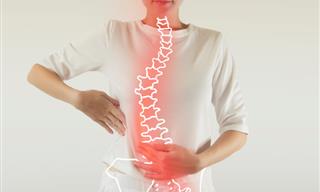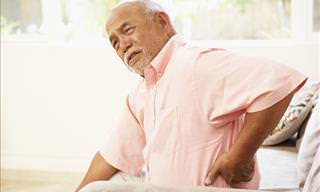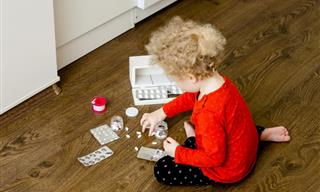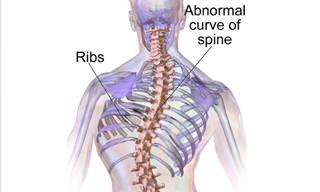What is scoliosis?
Naturally, the human spine is not completely straight. It has several curves both inward and outward. However, a healthy spine should not lean to either side. And when it does, a person is said to have scoliosis, although a medical diagnosis is made only when this abnormal sideways curve measures 10 or more degrees.
The curve may occur on any area of the spine - from the neck to the lower back. The spine may curve either to the left or right and appear as the letter “C,” or in both directions, looking like the letter “S.” The latter occurs when the body tries to balance out the initial abnormal curvature by forming a compensatory curve in the opposite direction. This compensatory curve can occur either above or below the scoliosis curve.
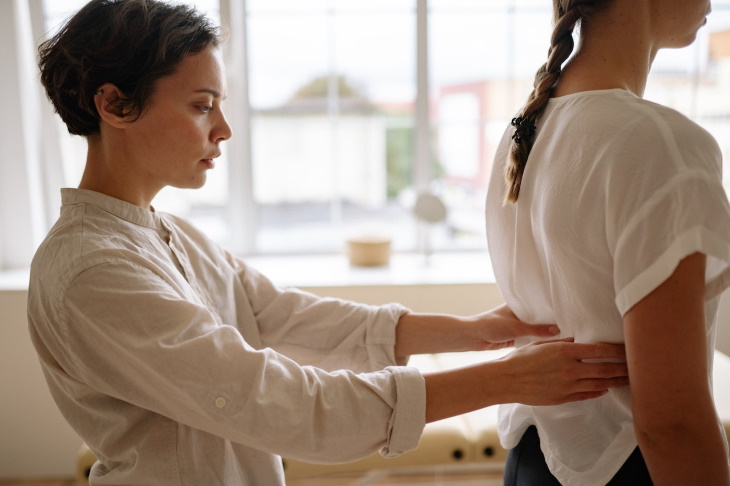
Scoliosis is very common and is usually diagnosed in kids, although adults may also develop scoliosis with age. According to the American Association of Neurological Surgeons, 6-9 million people suffer from scoliosis in the US.
In some people, scoliosis may be unnoticeable and asymptomatic. In fact, 4 out of 5 patients have a minor curve (less than 20 degrees) according to the National Scoliosis Foundation. Such mild cases of scoliosis rarely require any treatment.
In other patients, scoliosis tends to get worse over time and leads to significant pain. Treatment, pain relief, and in very rare cases, surgery is applied to remedy severe cases of scoliosis.
General categories of scoliosis
Unfortunately, researchers aren’t sure what causes many types of scoliosis, although doctors do stress that scoliosis is not caused by carrying heavy backpacks, poor posture, slouching, or not drinking milk. These are nothing more than popular myths.
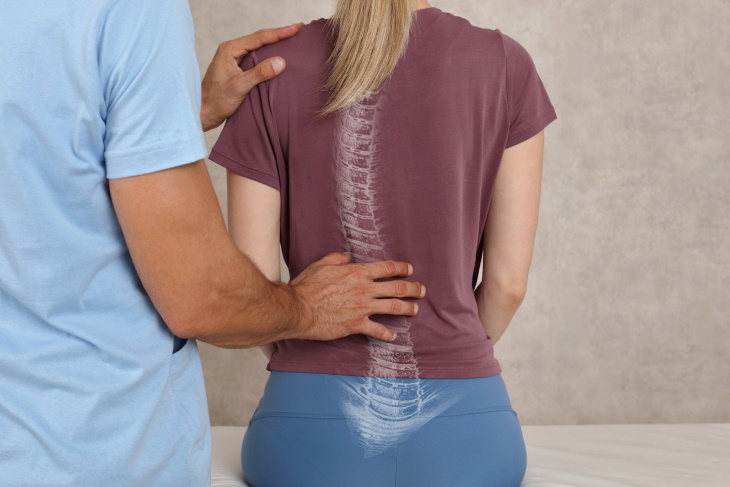
When considering the cause, doctors distinguish among the following categories of scoliosis:
- Idiopathic scoliosis is the most widespread form of scoliosis. Sadly, all this means that the cause of the condition is unknown or complex. About 8 in 10 cases of scoliosis fall within this category. Most cases of idiopathic scoliosis are diagnosed in adolescence.
- Congenital scoliosis can already be detected at birth, as it develops in utero. It’s a rare condition, affecting 1 in 10,000 births.
- Neuromuscular scoliosis occurs when the spinal curvature develops as a result of a neurological or muscular condition, e.g. cerebral palsy and muscular dystrophy. This form can progress rather fast.
- Degenerative scoliosis is a type of scoliosis that develops in adulthood. Degenerative processes in the spine and the joints are the cause of this condition.
In rare cases, scoliosis can develop as a result of a spinal tumor or lesion. This type of scoliosis is most often diagnosed in children aged 8-11, and the condition causes back pain, numbness, and a leftward curve in the torso.
Depending on the patient’s age, scoliosis is diagnosed and classified into further types.
Scoliosis in teens and children
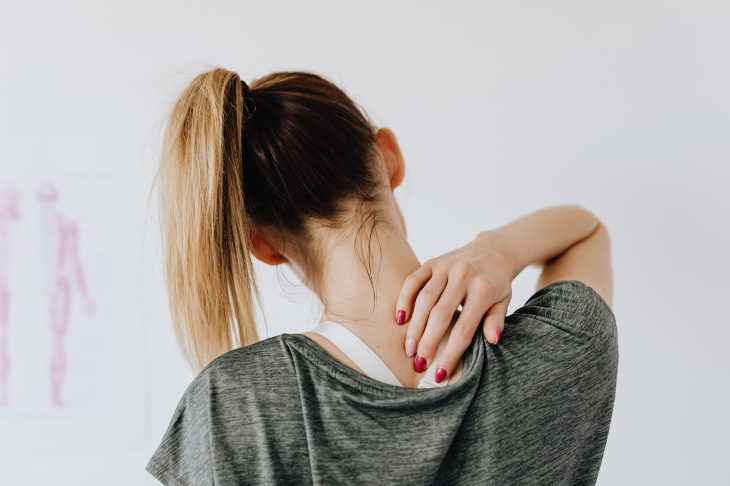
The majority of scoliosis diagnoses are made in children and teenagers. In some cases, the curve in the spine isn’t apparent until puberty, and even then, back pain is a rare symptom. Parents ought to look out for the following signs and schedule a doctor’s appointment if they notice any of the following:
- The body is leaning to the left or right.
- One hip is lower than the other.
- A tilted waistline.
- The shoulders or shoulder blades are not on the same level.
- The head is tilted to one side.
- One side of the ribcage is sticking out more.
- Discoloration, hairy patches, or indentations in the skin around the spine.
Types of scoliosis in children
1. Adolescent idiopathic scoliosis
As the name suggests, this first form of scoliosis develops in adolescents. Around four percent of children between the ages of 10 and 18 are diagnosed with this condition, making it by far the most common type of scoliosis. For this reason, monitor the spinal alignment of kids on the verge of puberty who are rapidly growing.
This is especially important if you have someone in the family with scoliosis; adolescent idiopathic scoliosis has a strong genetic component. Nearly a third of all kids diagnosed with this condition have a family member with scoliosis.
2. Congenital scoliosis
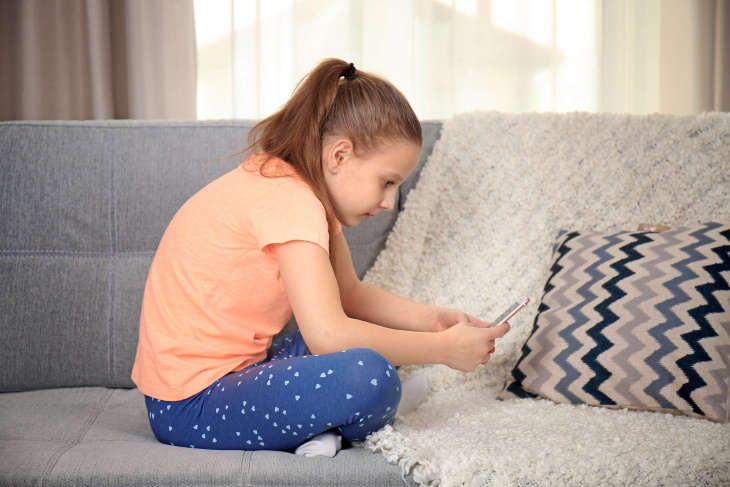
We already mentioned this type briefly, pointing out that it’s rather rare. As for the cause of this form of scoliosis, it remains unknown. During fetal development, some of the vertebrae are either malformed or improperly separated, causing bony abnormalities in the spine and affecting its curvature. Congenital scoliosis can be detected at birth, but sometimes, the curvature becomes more obvious later.
3. Early-onset scoliosis
When a scoliotic curve of more than 10 degrees is discovered before age 10, a child will be diagnosed with early-onset scoliosis. Most of these cases are congenital or the result of an underlying neuromuscular disease. Thus, diagnosing it as early as possible is critical. Why? Catching scoliosis in a child whose bones are still developing means that you still have a chance to straighten the spine with bracing and prevent serious complications.
“Progressive early-onset scoliosis can cause impairment in the growth of the lungs and function of the lungs,” says Prof. Sumeet Garg, a pediatric orthopedic and spine surgeon from the University of Colorado. Kids with early-onset scoliosis may also have trouble gaining weight and grow slower than their peers.
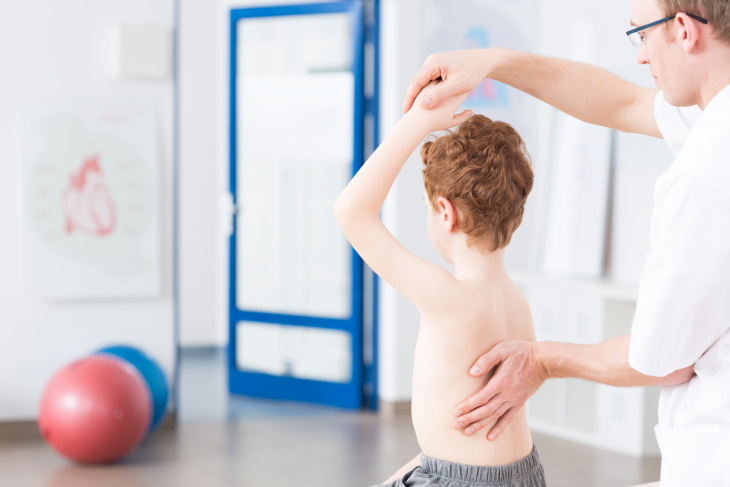
4. Neuromuscular scoliosis
As we pointed out previously, neuromuscular scoliosis is caused by an underlying neurological or muscular condition. As a result of the condition and possible limited mobility, the alignment of the pelvis is skewed. Often, the curves continue developing into adulthood and become more severe. This can make it difficult for people in wheelchairs to sit upright and increases the risk of digestive issues and lung infections.
Related article: Managing a Hunched Upper Back - Exercises, Causes & Types
5. Syndromic scoliosis
When a child is diagnosed with certain genetic or nongenetic syndromes, such as Rett syndrome, Marfan syndrome, Ehler’s Danlos syndrome, or Prade-Willi syndrome, doctors immediately check and monitor them for scoliosis. This is because such syndromes trigger scoliosis.
Scoliosis in adults
There are several reasons why scoliosis can be diagnosed in adulthood. Often, it’s because of undiagnosed adolescent scoliosis that becomes increasingly bothersome. At other times, scoliosis can develop as a natural result of aging.
Adults experience all of the signs of scoliosis we list in children, and also the following signs:
- Pain and stiffness in the lower back
- Weakness and fatigue in the back muscles
- A pinched nerve.
Types of scoliosis in adults
1. Degenerative scoliosis
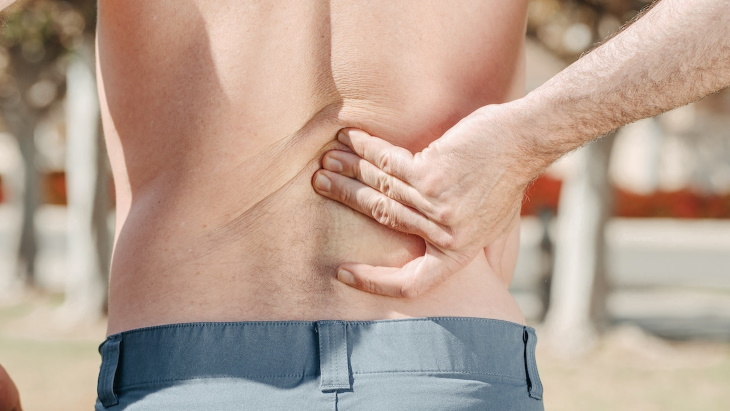
Degenerative scoliosis is the most widespread form of adult scoliosis. Degenerative scoliosis is more common in adults over 60, although the first signs of the condition occur after 40 when the spine starts to deteriorate naturally. Women are more likely to suffer from degenerative scoliosis than men.
In most cases, this adult form of scoliosis affects the lower spine. Over time, patients may also experience bad posture and loss of balance. “The causes are multifactorial, including aging/deteriorative changes of the facet joints, genetic predisposition, muscle imbalance, atrophy, dysfunction, and disc degeneration,” said Dr. Robert K. Eastlack to The Healthy.
2. Adult idiopathic scoliosis
If you had undiagnosed adolescent scoliosis with a curvature of over 50 degrees, the spine is likely to continue getting worse with age. On average, the curvature increases by about 1-1.5 degrees every year. Untreated pediatric scoliosis can lead to back pain due to gradual disc degeneration and an imbalance in the spine. This condition, called sagittal imbalance, doesn’t allow a person from standing straight.
Treatment for scoliosis
Luckily, most scoliosis cases are asymptomatic and require no treatment. However, moderate and severe cases of scoliosis have a greater chance of progression and require treatment. Your orthopedist will set up an individual treatment based on your age, type of scoliosis, and degree of curvature.
In a mild case, your doctor may choose to monitor scoliosis for a few years and prescribe a treatment if needed.
Generally speaking, the treatment of scoliosis is the same for children and adults, with the exception of bracing and casting. Wearing a brace won’t fix the curvature if you’re an adult, but it may help alleviate back pain.

To stop the progression of the disease and strengthen the spine, patients may be advised to try physical therapy. Exercises won’t cure scoliosis, but they can help reduce back pain, strengthen the back, and improve flexibility and sense of balance. If you want to give scoliosis exercises a try, read this article - These Exercises Straighten the Spine and Improve Scoliosis.
Nonsteroidal anti-inflammatory drugs (NSAIDs) are prescribed for mild to moderate back pain, whereas nerve block injections are effective against severe back pain. Last but not least, surgery is the most advanced treatment for scoliosis. It can correct extreme spinal curves, especially if those limit one’s breathing or other body functions.
 Go to BabaMail
Go to BabaMail


